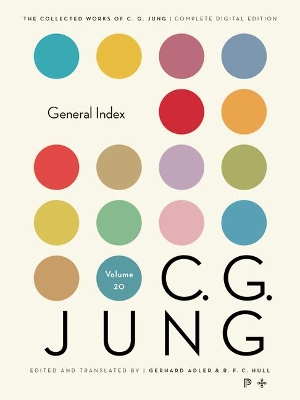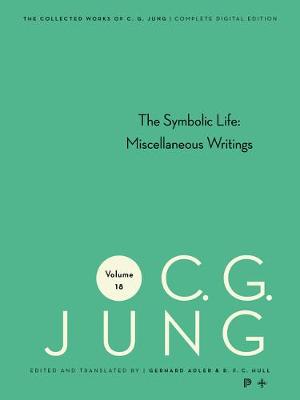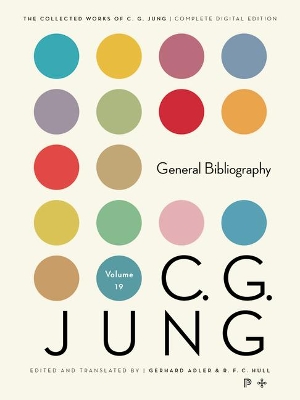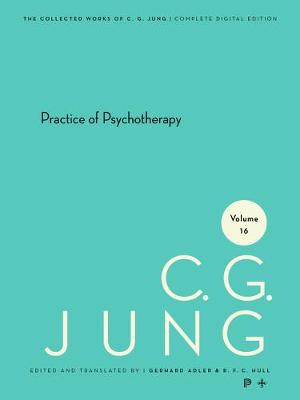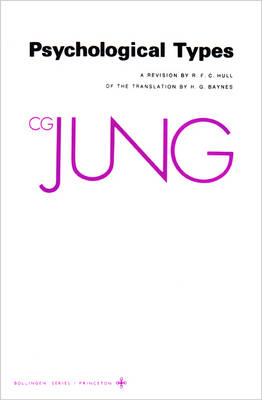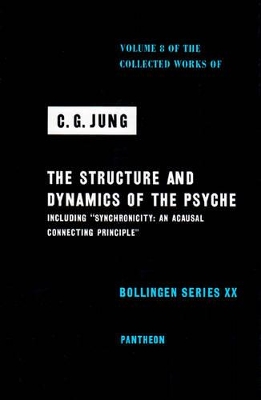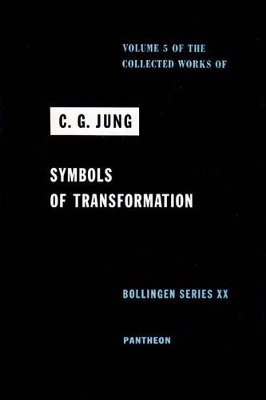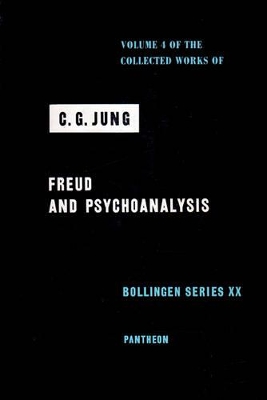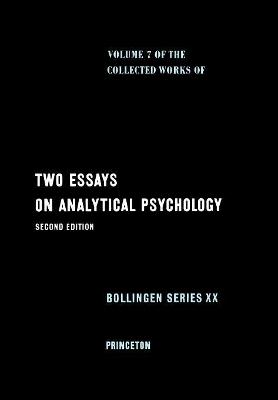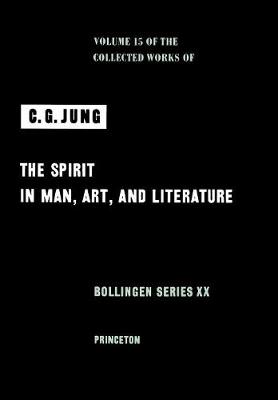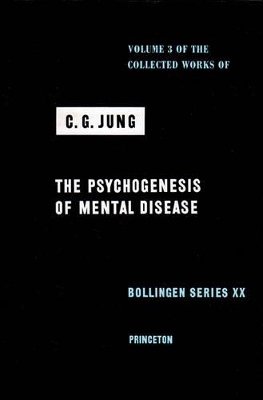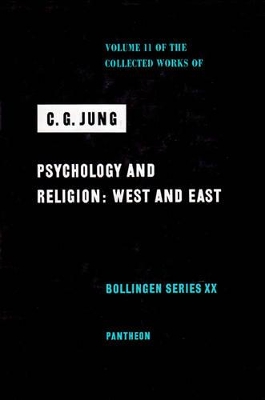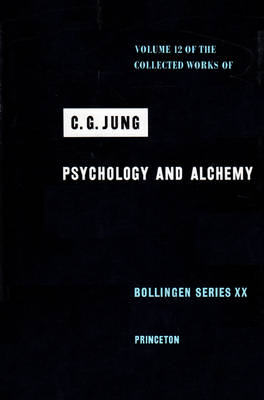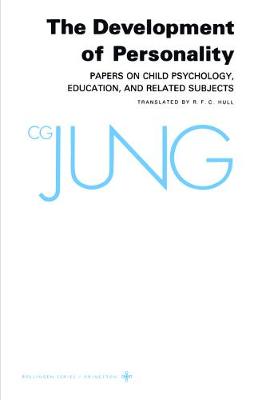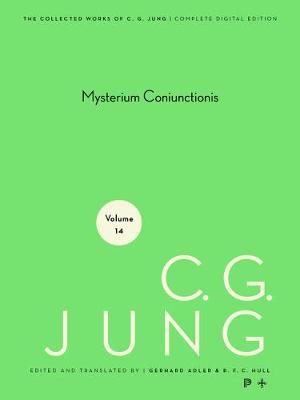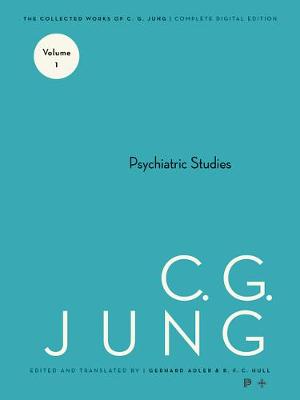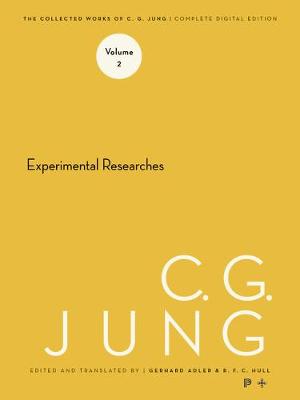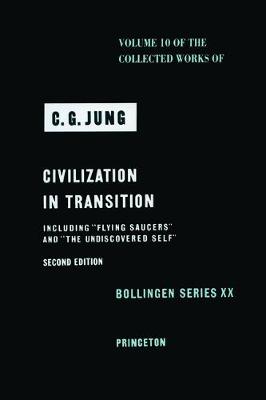Carl G. Jung: Collected Works of C.G. Jung
21 total works
In expounding his system of personality types Jung relied not so much on formal case data as on the countless impressions and experiences derived from the treatment of nervous illnesses, from intercourse with people of all social levels, "friend and foe alike," and from an analysis of his own psychological nature. The book is rich in material drawn from literature, aesthetics, religion, and philosophy. The extended chapters that give general descriptions of the types and definitions of Jung's principal psychological concepts are key documents in analytical psychology
This book gives the substance of Jung's published writings on Freud and psychoanalysis between 1906 and 1916, with two later papers. The book covers the period of the enthusiastic collaboration between the two pioneers of psychology through the years when Jung's growing appreciation of religious experience and his criticism of Freud's emphasis on pathology led, with other differences, to his formal break with his mentor.
This third volume of Jung's Collected Works contains his renowned monograph "On the Psychology of Dementia Praecox" (1907), described by A. A. Brill as indispensable for every student of psychiatry--"the work which firmly established Jung as a pioneer and scientific contributor to psychiatry." Also included are nine other papers in psychiatry, the earliest being "The Content of the Psychoses," written in 1908, and the latest being two papers, written in 1956 and 1958, which embody Jung's conclusions after many years of experience in the psychotherapy of schizophrenia.
